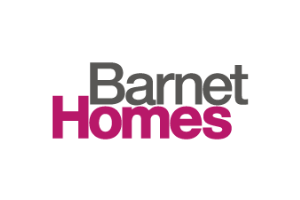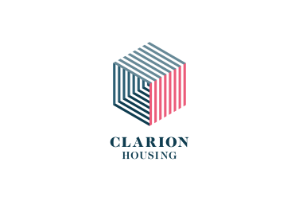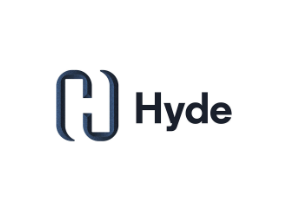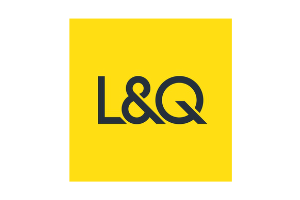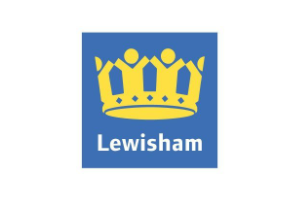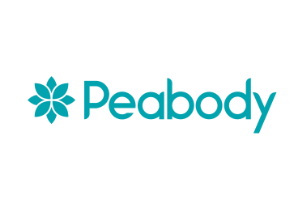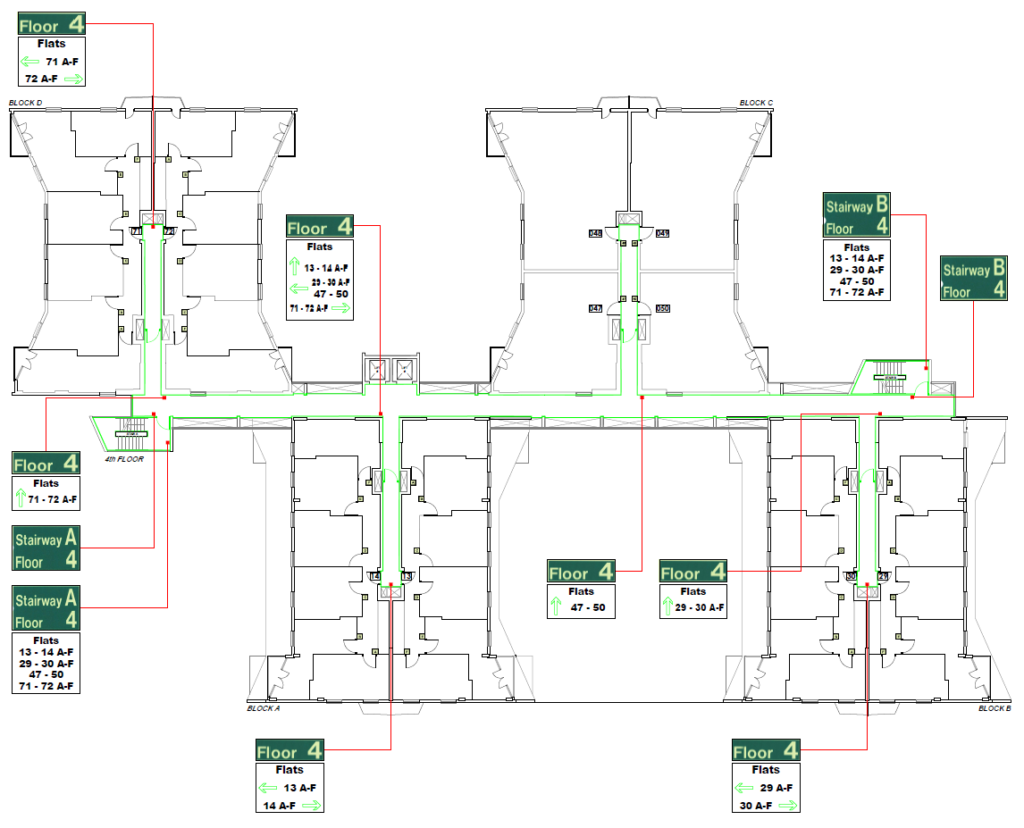ADB
(Approved Document B Wayfinding Signage)
Designed in accordance with ADB and Fire Safety England regulations, to assist firefighting personnel in the event of a fire incident


Bespoke Signage
As bespoke providers we can design and supply signage to your bespoke specification, including QR codes, company logo etc.
ADB Supply and Fitting Service
Lite-4-Life are very proud to be the only designer, manufacturer and installer of ADB Wayfinding signage for Higher Risk Buildings.
Due to our in house printing and screening facility, we are able to offer a very quick turnaround for our clients to satisfy the requirements of Approved Document B and the Fire Safety England Regulations.
We have the ability to survey, manufacture and fit on site in 3 to 5 days, whilst taking full design responsibility for the signage specifics, and the positions they are to be sited i.e. height, locations and quantities.
What we do




Survey
Design
Manufacture
Install
Where we can help
Approved Document B Wayfinding Photoluminescent signage is an innovative solution to enhance fire safety in tall buildings by aiding fire fighting personnel during emergencies. These signs are designed to emit light after being charged by ambient light sources, such as fluorescent or LED lighting, making them visible even in low-light or dark conditions. They serve as crucial information to guide emergency services in finding your property or location in an emergency situation.
Lights on - Lights off
Here are some key benefits of photoluminescent way finding signage for tall buildings:
- Visibility in Low-Light Conditions: In the event of a power outage or smoke-filled environment, traditional signage may become difficult to see. Photoluminescent signs remain visible, helping emergency services navigate routes safely within a building.
- Reduced Dependency on Electricity: Unlike electrical emergency lighting systems, which may fail during power outages, photoluminescent signage does not rely on electricity for illumination. This ensures consistent visibility of wayfinding routes, even when other lighting systems are unavailable.
- Cost-Effective Solution: Installing photoluminescent escape signage can be a cost-effective alternative to traditional emergency lighting systems. They require minimal maintenance and have a longer lifespan, contributing to lower operational costs over time.
- Compliance with Safety Regulations: Compliant with Approved Document B (ADB) and in accordance with Fire Safety England Regulations. All our signage is manufactured in accordance with ADB standards to the recommended font, size and contrasting details.
- Enhanced Fire Fighting Efficiency: By clearly marking way finding routes, photoluminescent signage can expedite the assistance of the Fire Fighting Service during emergencies. Reducing the seek and find times, reducing confusion and help save lives when every second counts.
- Environmentally Friendly: Photoluminescent materials used in these signs are non-toxic and environmentally friendly. They do not contain hazardous chemicals or emit harmful substances, making them a sustainable choice for building safety applications. Due to the very gradual degradation rates of photoluminescent materials, any photoluminescent signage is likely to outlast the lifetime of any building.
Overall, photoluminescent wayfinding signage is an effective and practical solution for tall buildings to enhance fire safety and facilitate emergency services. By providing clear guidance and visibility in challenging conditions, these signs play a crucial role in protecting your building and minimising risks during fire incidents.
Golden Thread Data/Regulation 38 Information
As part of the provision in supplying Approved Document B Wayfinding Signage, we provide a drawing service to identify all signage installed throughout the building, floor by floor. This is a mandatory requirement to satisfy the Building Safety Act 2022 for Higher Risk Buildings i.e. golden thread data, along with satisfying the requirements of Regulation 38 of the Building Regulations 2010, fire safety information as and when a new development is erected.
Below is an example of a drawing we provided to satisfy the Building Safety Act and Regulation 38.
